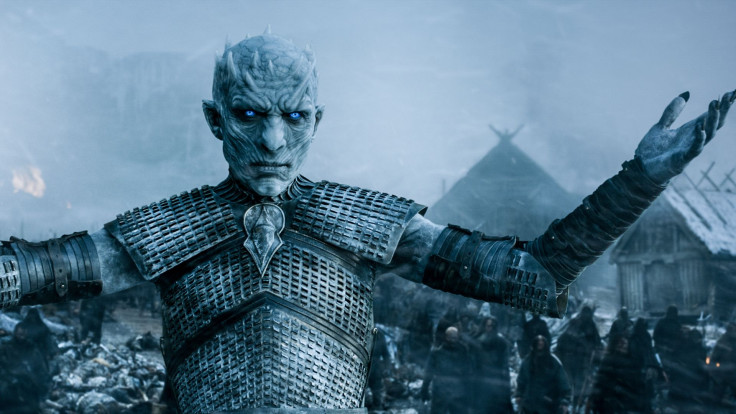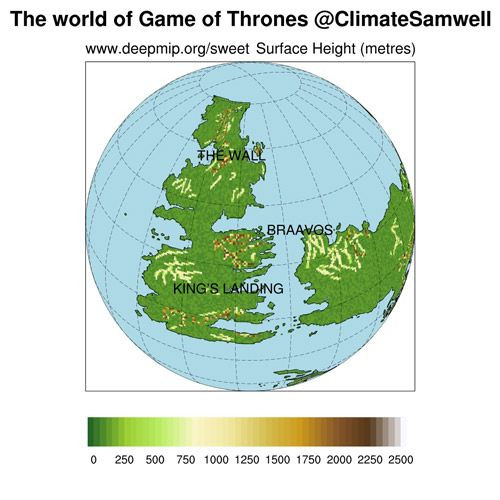Simulating 'Game Of Thrones' Long Winters Predicts Show's Plot, Scientists Find

“Game of Thrones” has taken the world by the storm since its debut in 2011. The television series about seven families fighting for the iron throne has garnered intense fan fervor across the world. Topics of intense debates changed overnight from national policies to Jon Snow’s parentage or better ways to murder Joffrey than how author George R.R. Martin accomplished it.
This fandom has percolated into the world of science too. Even scientists are fascinated by the fictional world that has spawned its own gory, sexually-charged television minions. But, unlike our theories, scientists discussing “Game of Thrones” are bound to come up with more invigorating, backed-by-logic possibilities and analysis of the fascinating world inhabited by dragons, dire wolves and white walkers.
Researchers from the University of Bristol and University of Southampton published a theory about the strange extended seasons in the world of "Game of Thrones," where winter is always around the corner. The team used a new climate model to simulate and explore the wintery world.

The simulation showed the team the infamous Wall, which guards Westeros along with the Night’s Watch and is the backdrop to intense battles on the show, has a climate in winter similar to that of Lapland in Finland, whereas Casterly Rock, the stronghold of the antagonists Lannisters, has a climate similar to that of Houston, and Changsha in China.
The scientists used the in-depth model to study wind speeds and patterns in order to explain certain occurrences on the show. The dominance of the seas by the 100-ship-large iron fleet, the likely attack plans of invading dragon hordes from Essos, and the trading routes between Westeros and the free cities across the Narrow Sea all seemed to follow the reasoning established by the model. The team found the climatic condition of the television universe can be used to judge certain past and future happenings on the show.
The temperature patterns also showed the coldest and warmest areas, which helped the team establish the region where white walkers could hibernate when the snow is thawed out.
The article also analyzed how there were such long winters on the show and found extended seasons can be explained by a “‘tumbling’ of the tilt of the spinning axis of the planet as it orbits the sun, in such a way that the same Hemisphere always tilts towards the sun," said a University of Bristol release.
"Because climate models are based on fundamental scientific processes, they are able not only to simulate the climate of the modern Earth, but can also be easily adapted to simulate any planet, real or imagined, so long as the underlying continental positions and heights, and ocean depths are known," said Professor Dan Lunt, from the School of Geographical Sciences and Cabot Institute at the University of Bristol.
The use of wildfire and past skies dotted with dragons could point to an atmosphere high in greenhouse gases. The model showed global warming in the “Game of Thrones” universe could occur twice as fast as on Earth.
The full results were published in an article, which to the delight of the fandom is also available in Dothraki and High Valyrian. The writing credits of the article were given to Samwell Tarly, who was undergoing training in the Citadel in Oldtown to become a “Maester,” the Westerosi version of a doctor. He was the one who revealed to the “Game of Thrones” world that dragonglass was capable of killing white walkers.
Professor Carrie Lear from Cardiff University added: "This work is a bit of fun, but it does have a serious side. Climate models simulate real physical processes which operate in both cooling and warming climates. Scientists working on the SWEET project are using exciting novel techniques to reconstruct the climate of super-warm states of Earth's past.
"They are using this information to test state-of-the-art climate models under conditions of high atmospheric carbon dioxide concentrations, similar to those expected by the end of this century."
© Copyright IBTimes 2024. All rights reserved.





















